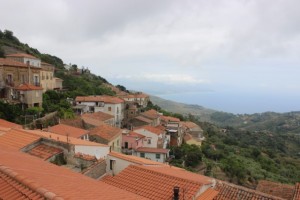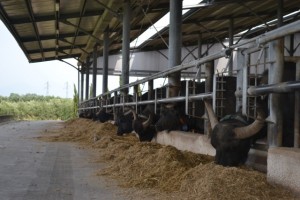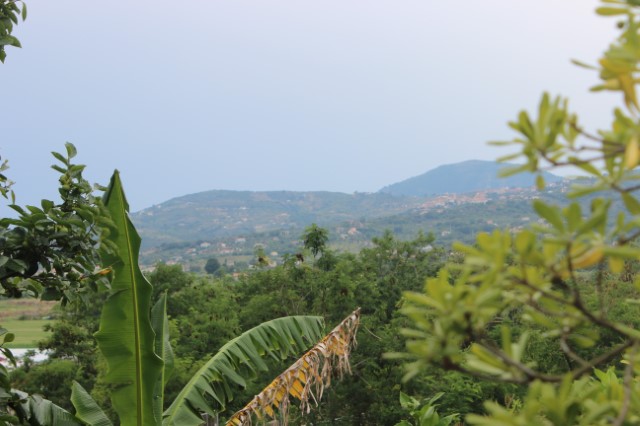What is the link between an organic farm, a buffalo farm and a study center for the Mediterranean diet? They are all part of the “Bio-district Cilento” initiative, visited during the Italian Cross Visit to Campania. In other words, the Bio-district itself is the innovation case.
Five Pearls From Campania
Rich Cultural Heritage
 In the case ofthe Bio-district Cilento, the area’s rich natural landscape and lack of industry ensures a high potential in agriculture and farming. Only adding to this, is Campania’s rich cultural heritage exemplified by its strong sense of belonging, community and powerful territorial identity linked to the Mediterranean dietary model.
In the case ofthe Bio-district Cilento, the area’s rich natural landscape and lack of industry ensures a high potential in agriculture and farming. Only adding to this, is Campania’s rich cultural heritage exemplified by its strong sense of belonging, community and powerful territorial identity linked to the Mediterranean dietary model.
The bio-district is rural renaissance at its best and a good example of why, in an innovation context, cultural sensitivity should be widely accepted.
Collaboration Is Key
As several of the other Cross Visits have shown, the need for good collaboration is crucial. In the case of Campania, actors who would not normally be linked together succeeded in complex collaboration.
The key point of the bio-district model was that instead of helping individual farms through piecemeal measures, the advisory service AIAB brought together a variety of local actors such as public administration, restaurants, canteens, and tourist businesses to work out a common strategy for the development of organic food and farming in Cilento, based on organic principles. Even schools and parents in the Bio-district got involved along the way.
 The Role of the Advisory Service and Personal Networks
The Role of the Advisory Service and Personal Networks
The advisory service AIAB has played and still plays a very important role in making the innovation case of the Bio-district a success. In addition to its “normal” role of providing technical and farm business advice, AIAB took on the role of community interface from the very beginning, connecting various actors who had little or no history of working together and supporting the development of the Bio-district concept with communication, promotion, logistics, fundraising, and coordination.
Also conducive to the success of the project was the networking abilities of the director of INNER, the international network of ecoregions which unites all bio-districts in Italy and similar initiatives in other countries.
The Role of the Researcher
In the case of the Bio-district, apart from the advisory service AIAB playing a conducive role in the innovation, researchers have also made an important contribution inasmuch as they have helped sell the concept to the authorities via an impact study.
Going Global?
Finally, in continuation of the involvement of INNER, the goal of the project is to propose an alternative to the global model.
Read more about the Italian Cross Visit in June.
Watch video
Watch the video about the Bio-District Innovation case.
Puzzles
- Would the project continue without the leaders?
- To what extent is the local community aware of the bio-district?
- Are the organic consumers local or tourists?
- Is the bio-district’s connection to local enterprises missing?
- Is there no need for organic certification in the bio-district?
- Is the funding sustainable?
- Is the link to agronomic research in organic production missing?
- How should rural depopulation be addressed?
- What is the impact on the conventional farmers?
- What is the role of the national park?
- Is there a mismatch between great ambitions on one hand and a small production potential on the other?
- Is there an impact from the mafia?
Proposals
- Reach young farmers and new entrants better.
- Help farmers with business development.
- Organize training of new advisors on soft skills.
- Improve the communication effort both internally and externally by applying the Bio-district logo everywhere an on the municipal web pages to ensure a higher impact and facilitate the conversion of conventional farmers.
- Invest in the training of new, skilled leaders.


Leave A Comment